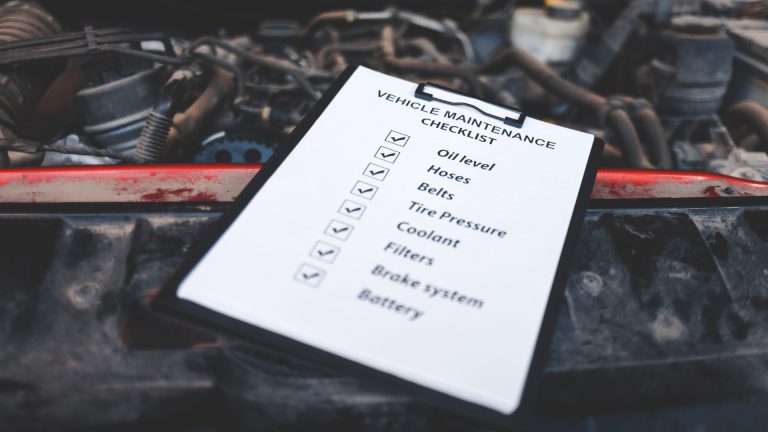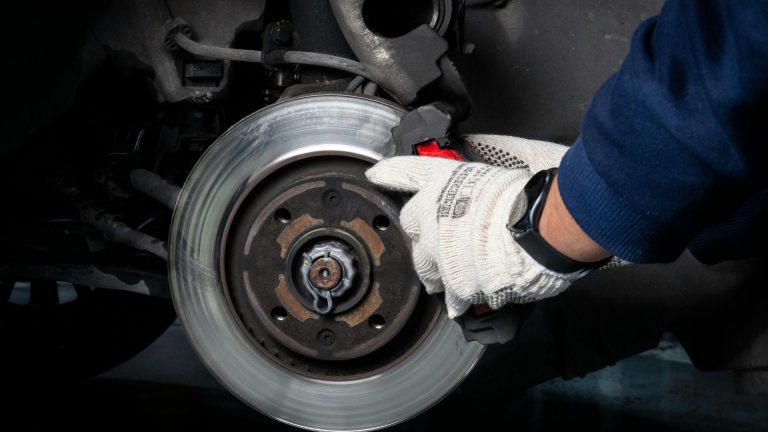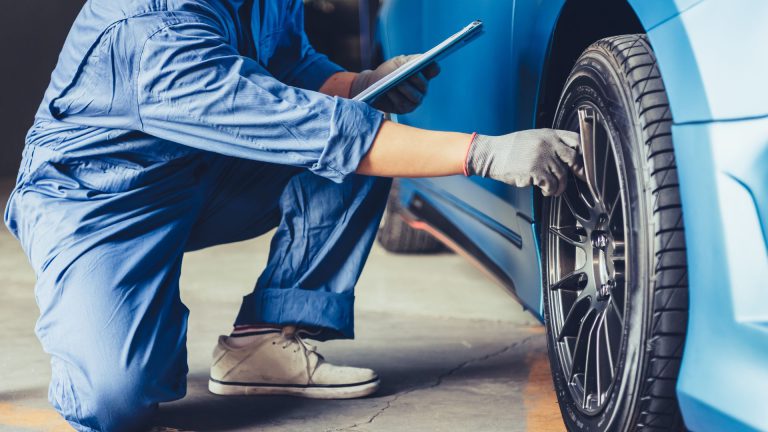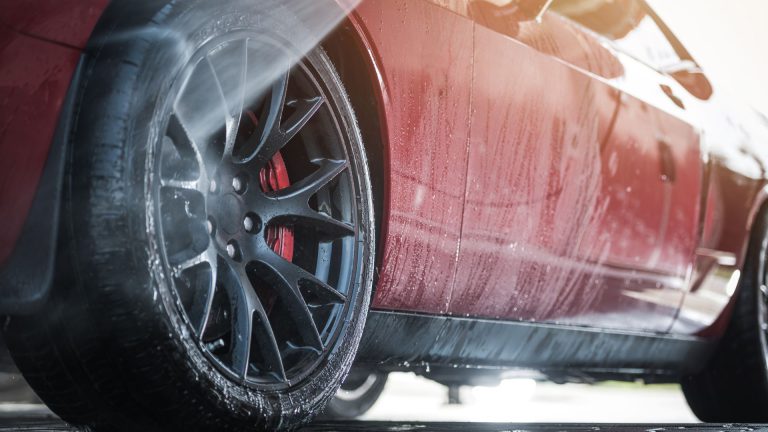
Owning a vehicle is a significant investment, and most drivers want to get the most out of their car for as long as possible. While cars aren’t built to last forever, there are several simple, user-friendly steps you can take to help keep your vehicle running smoothly and efficiently over the years.
From paying attention to regular maintenance to using features designed to support long-term performance, this guide outlines several ways you can encourage a longer lifespan for your vehicle.
1. Follow the Manufacturer’s Maintenance Schedule
One of the simplest and most effective ways to help your car last longer is to follow the manufacturer’s recommended maintenance schedule. This can usually be found in the owner’s manual or online through the manufacturer’s website.
Routine maintenance may include:
- Oil and filter changes
- Tire rotations
- Fluid checks and top-ups
- Brake inspections
Most modern vehicles also feature a maintenance reminder system on the dashboard that alerts you when service is due. These systems are user-friendly and are typically based on mileage or time intervals, helping you stay on track with essential care.

2. Drive Smoothly and Responsibly
How you drive can make a big difference in the wear and tear your vehicle experiences. Smooth driving habits tend to put less stress on components like the engine, transmission, and brakes.
Here are a few habits to consider:
- Accelerate gradually rather than “flooring it.”
- Avoid hard braking when possible
- Take turns at moderate speeds
- Drive at consistent speeds on highways
Many newer vehicles come with features such as cruise control, which can help maintain a steady speed and reduce unnecessary acceleration or braking, especially useful during long drives.
3. Keep Your Tires in Good Shape
Tires play a key role in vehicle safety and performance, and keeping them in good condition can help reduce strain on your car’s suspension and steering systems.
User-friendly tire care includes:
- Checking tire pressure regularly (many vehicles now have a Tire Pressure Monitoring System, or TPMS, that alerts you if a tire is underinflated)
- Rotating tires according to schedule
- Monitoring tread depth
- Getting wheel alignments when necessary
Properly inflated and well-maintained tires can also contribute to better fuel efficiency, which may reduce the frequency of fill-ups and overall wear on the engine.

4. Use the Right Fluids
Fluids are the lifeblood of your car’s systems. From engine oil to coolant, transmission fluid to brake fluid, these substances help parts move smoothly and stay cool.
Many vehicles today come with easy-to-read fluid level indicators under the hood or electronic dashboards that notify you when something needs attention.
Here are a few fluids worth checking:
- Engine oil: Keeps engine parts lubricated
- Coolant/antifreeze: Regulates engine temperature
- Brake fluid: Supports responsive braking
- Transmission fluid: Ensures smooth gear shifting
- Windshield washer fluid: Enhances visibility
Using the right type of fluid for your specific make and model and topping off or replacing it as needed can support long-term reliability.
5. Keep It Clean: Inside and Out
While cleanliness may seem more cosmetic than functional, keeping your vehicle clean can help preserve its condition.
Regular car washes help remove dirt, salt, bird droppings, and other substances that can lead to rust or corrosion over time, especially in areas where roads are salted during the winter.
Likewise, vacuuming and wiping down the interior helps preserve upholstery, controls, and dashboard features. Many vehicles come with stain-resistant materials and weatherproof floor mats, making interior maintenance easy and accessible.

6. Pay Attention to Warning Lights
Your car is equipped with a variety of dashboard lights designed to give you early warnings if something isn’t quite right. These lights are color-coded, typically red for urgent issues, yellow for moderate ones, and green or blue for informational alerts.
Common warning lights include:
- Check engine
- Battery alert
- Oil pressure
- Brake system
- Coolant temperature
Thanks to onboard diagnostic systems, today’s vehicles can often pinpoint issues quickly. If you notice a light you don’t recognize, referring to your owner’s manual or contacting a trusted mechanic can be a helpful next step.
7. Store Your Car Properly
If you don’t drive your car every day, or if you’re planning to store it for an extended period, taking a few simple steps can help protect it.
Tips for storing your vehicle include:
- Parking in a garage or covered space to shield it from the elements
- Using a car cover if you don’t have access to covered parking
- Starting the engine occasionally or driving short distances to circulate fluids
- Disconnecting the battery if the car will sit for a month or more
Some vehicles come equipped with battery maintenance modes or storage settings that help prevent drain when the car isn’t in regular use.
8. Lighten the Load
Carrying excess weight can place extra strain on your vehicle, especially on the suspension, brakes, and drivetrain. Regularly removing items you don’t need from the trunk or back seat can help minimize wear and tear.
Features like cargo organizers and under-floor storage make it easier to keep track of what you’re hauling and avoid overloading your vehicle unintentionally.
9. Stay Up to Date on Recalls and Software Updates
Many modern cars feature software that controls everything from engine performance to infotainment. Manufacturers occasionally issue software updates or recall notices to address known issues.
Keeping your car’s systems updated can help improve performance and even prevent certain types of wear. If your vehicle has a connected app or infotainment system, it may alert you to these updates automatically.
10. Use User-Friendly Technology to Your Advantage
Newer vehicles often include technology designed to assist drivers in making good maintenance and driving decisions. Here are a few examples of tech features that can help extend the life of your vehicle:
- Driver assist features (like lane-keeping and adaptive cruise control) can reduce sudden movements
- Fuel efficiency monitors encourage smoother driving
- Remote diagnostics via smartphone apps allow for early detection of issues
- Voice-activated controls reduce distraction and help keep focus on the road
These tools are designed to make car ownership simpler and more intuitive, especially for those who aren’t automotive experts.
Simple Habits, Long-Term Results
Extending the life of your vehicle doesn’t require advanced mechanical knowledge, just a little attention to detail and consistent care. By following your manufacturer’s guidelines, adopting smooth driving habits, asking questions about your car, and using built-in features to your advantage, you can help keep your car running strong for years to come.
While no maintenance routine can guarantee your car will run forever, taking small, manageable steps can go a long way toward maintaining performance and comfort over time.
